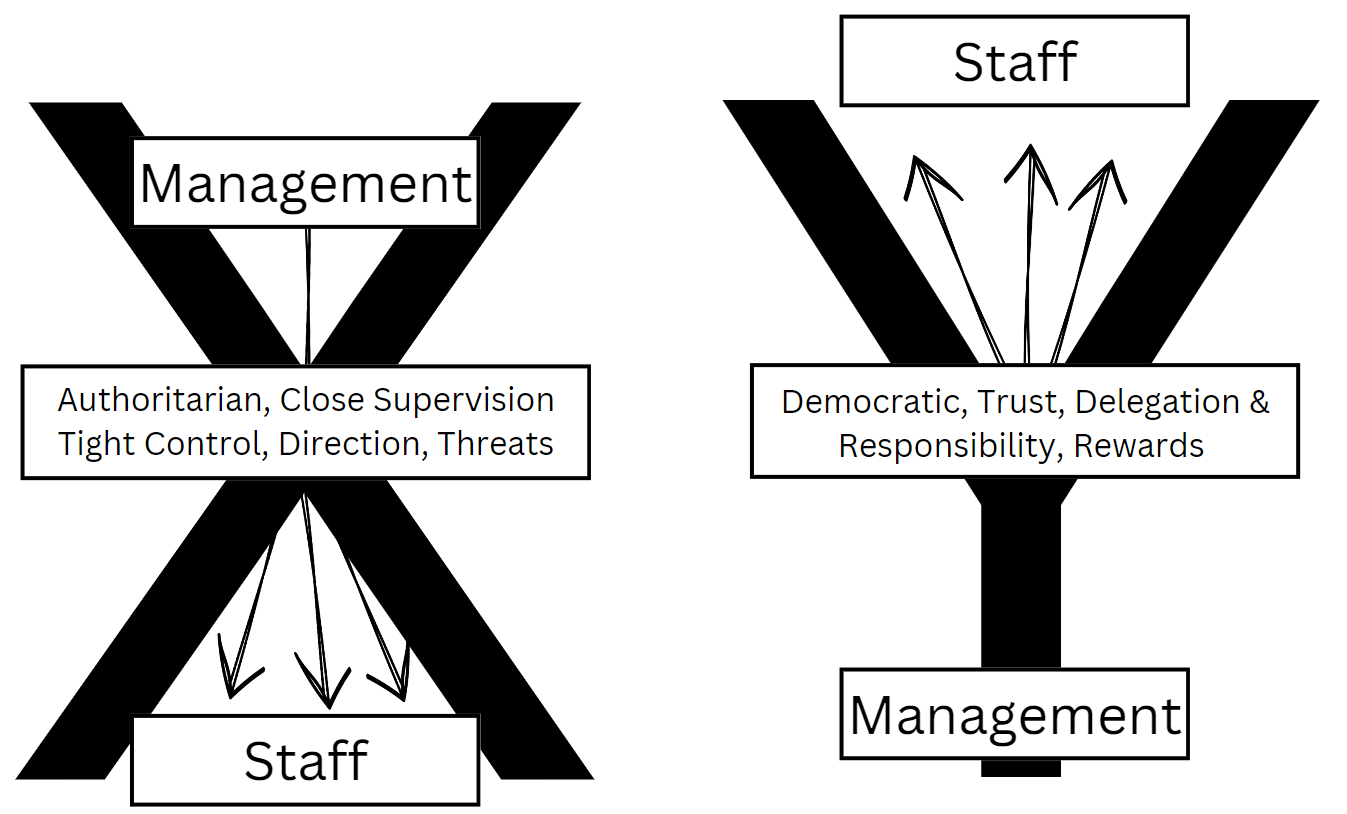An Introduction to Management Styles
- Management styles are different approaches to leading and managing a team or business
- They reflect the behaviours and attitudes of a manager towards their team members and influence the organisational culture, productivity and performance
- An effective manager will be able to use a variety of styles depending on the situation, to achieve the best results for the business
- Four common management styles include:
Diagram: Common Management Styles

Managers can adopt a range of styles, including autocratic, paternalistic, democratic or laissez-faire
- The choice of management style can be influenced by the business circumstances, as well as the nature and size of the business


